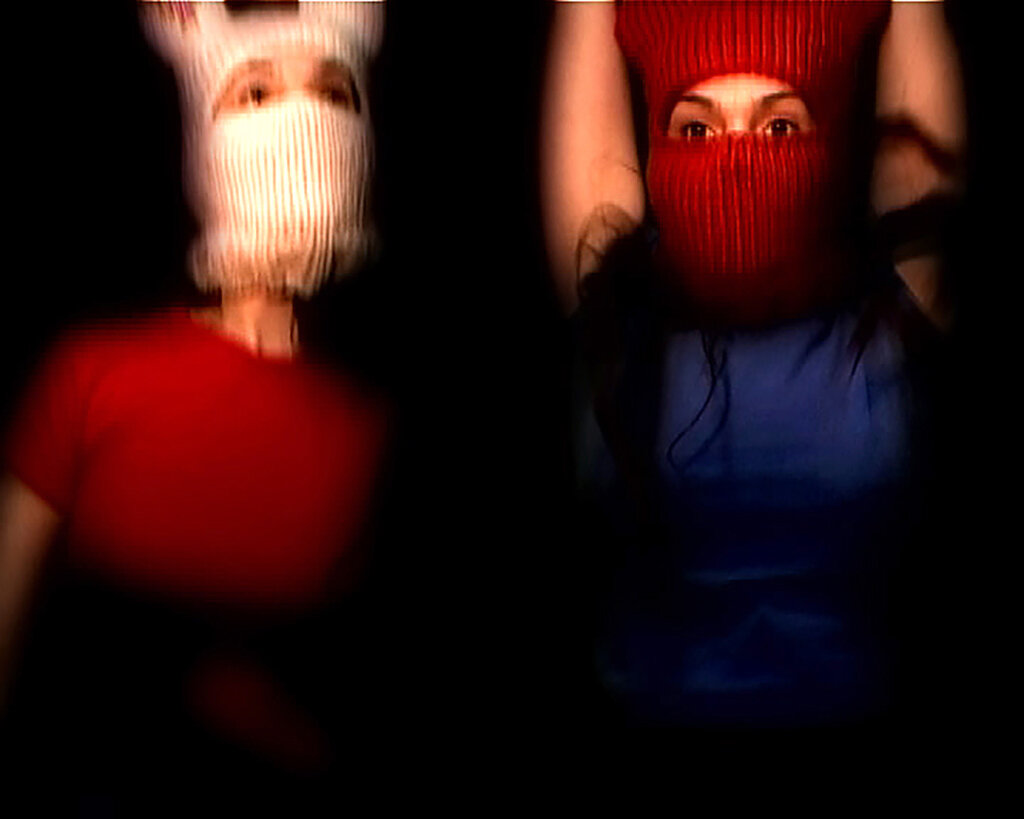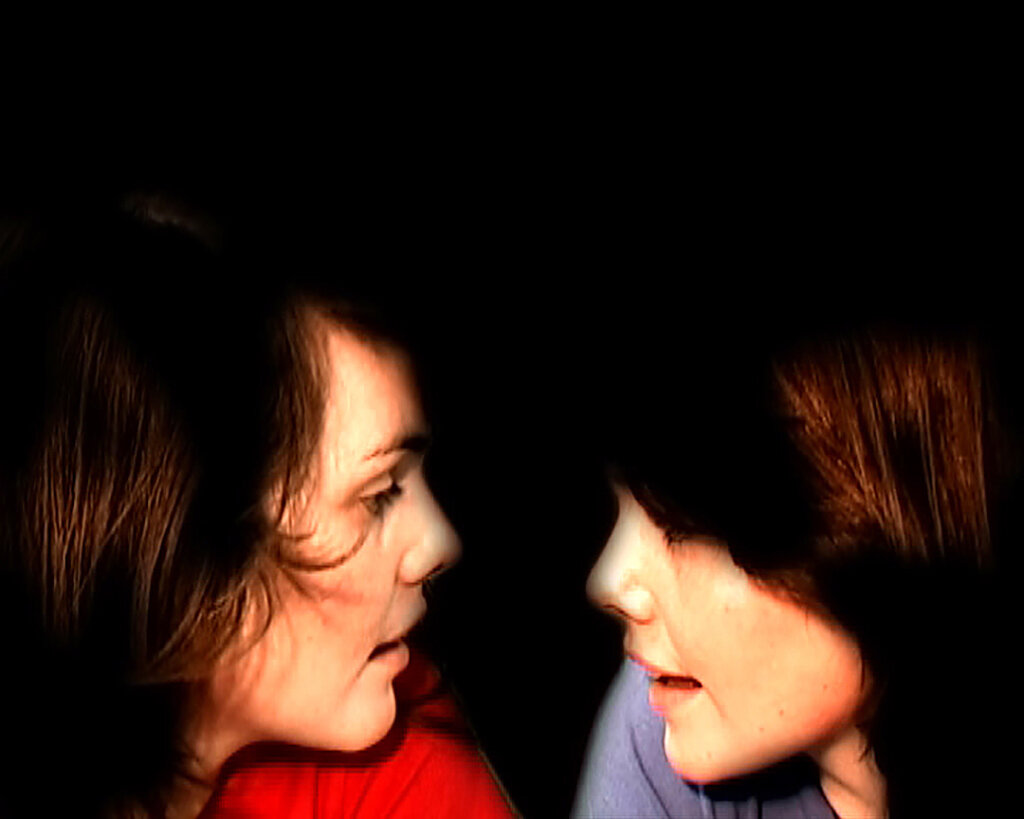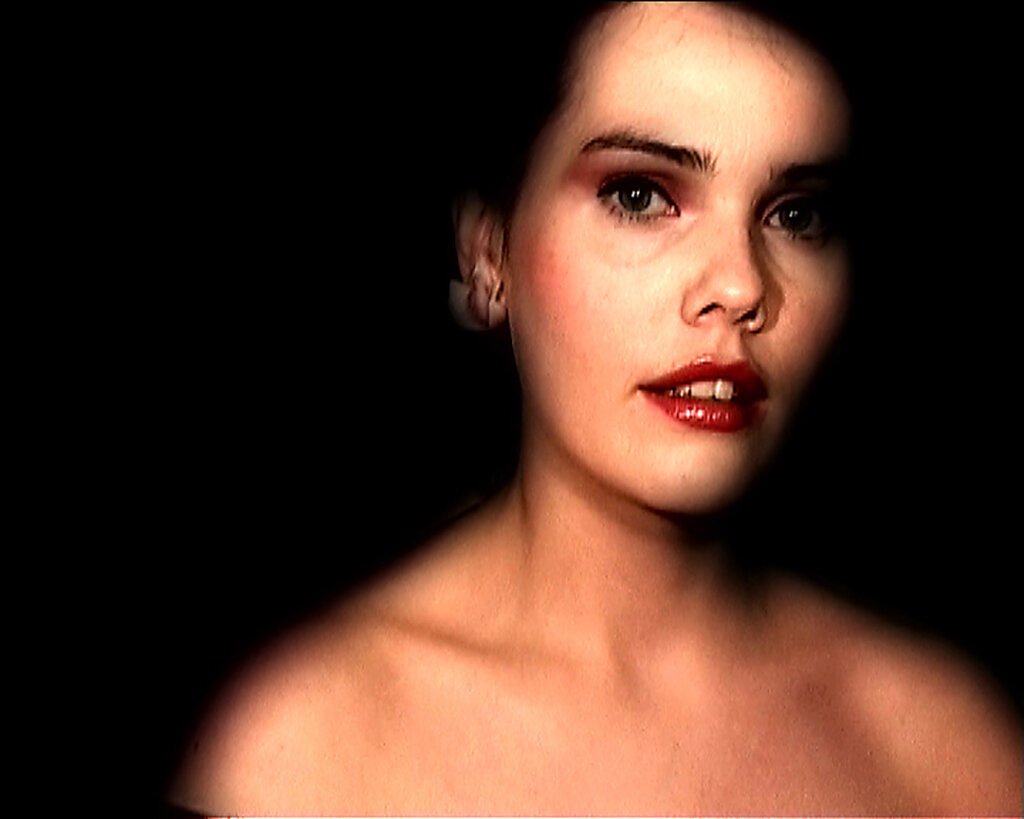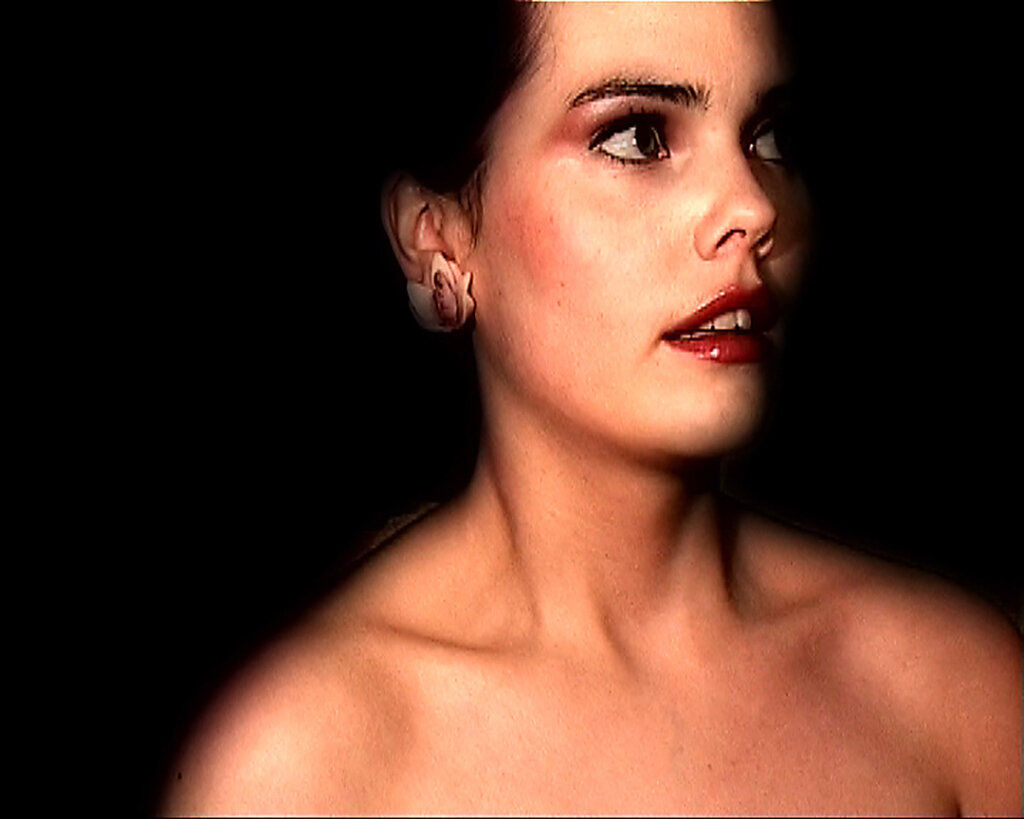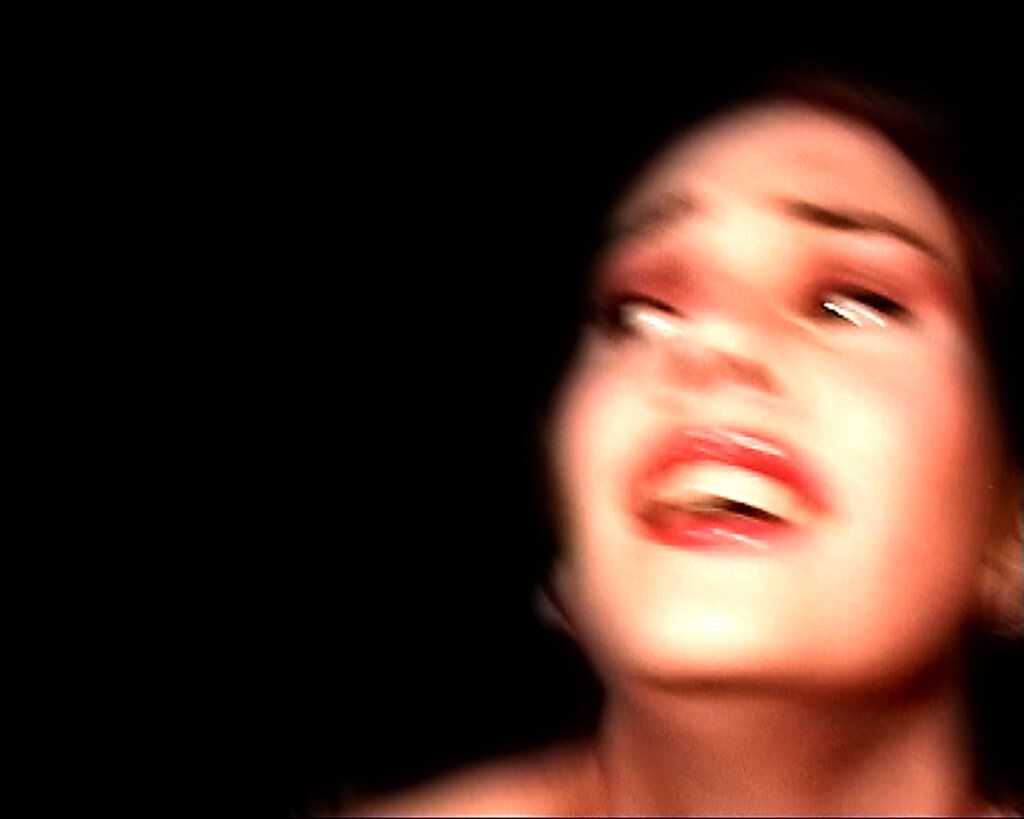Video/Music
Dodda Maggý
2 March – 1 April 2006
Dodda Maggý, Stella, 2004, video, 5 minutes 40 seconds
Dodda Maggý creates a series of female characters based on personal experiences, which are then enacted in front of a video camera, accompanied by piano music composed and played by herself, sometimes re-worked using a simple recording technique, building layers as if sculpting.
She creates audiovisual narratives that objectify the female body without degrading it to the status of a mere object. Digitally manipulated in post-production the characters are eerily illuminated and set within a void space, adding to the theatrical nature of the work. She edits the video in the same manner as one composes music; with highs and lows and a certain rhythm designed to create tension and heightened emotions. This method allows the work to communicate self and body as experienced in a context where existence is challenged or threatened.
Dodda Maggý, Stella, 2004, video, 5 minutes 40 seconds
Dodda Maggý, Stella, 2004, video, 5 minutes 40 seconds
Dodda Maggý, Margret, 2005, video, 3 minutes 30 seconds
Dodda Maggý, Stella, 2004, video, 5 minutes 40 seconds
Both video and music have the ability to construct narrative. Maggý uses both to attract her audience’s attention and then hold it until the end of the piece. She deliberately stretches the limit of how far she can take a certain emotion, sometimes to the point of being over-dramatic, leaving the viewer unclear as to her exact intentions – is she being serious or joking? This ambiguity gives the audience space to draw their own conclusions as to what the work is about.
‘Video/Music’ brings together two video works by the artist. Stella (2004) consists of two projections, back to back. In the first projection, a female character is shown walking, aware of being watched. Initially, she appears to enjoy the attention and flirts with the viewer. However, she gradually becomes uncomfortable with the gaze and frantically tries to escape it. In the second projection, two girls hop up and down in slow motion. As they take their bunny hoods off it transpires they are identical. They continue to jump euphorically and end up on the ground, touching and flirting with each other.
Dodda Maggý, Stella, 2004, video, 5 minutes 40 seconds
In Margret (2005), a small monitor shows a girl dancing in circles against a black background. She is reminiscent of a figurine in a music box, a ballerina on stage, or a woman dancing in a peepshow. In between advancing and retreating, she falls down repeatedly. Close-ups are evocative of melodramatic scenes from the black and white silent days of early cinema. The process is both enchanting and slightly disturbing to watch. One might think of it as a metaphor for the process of experimental creation: you begin somewhere, fall and stand up again, fall, stand up and so on.

